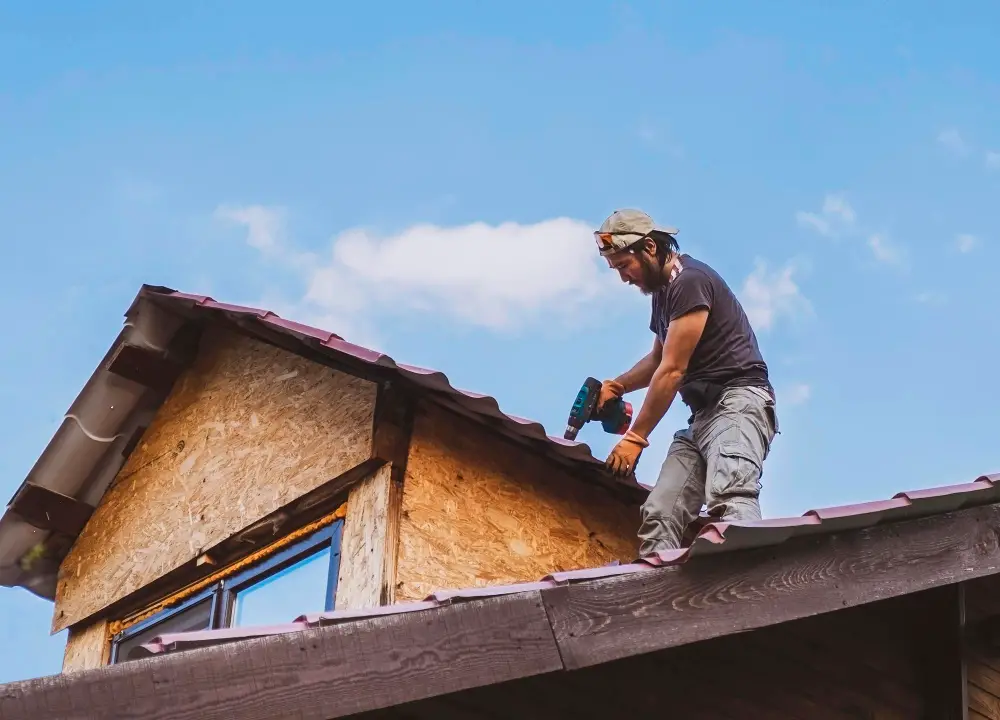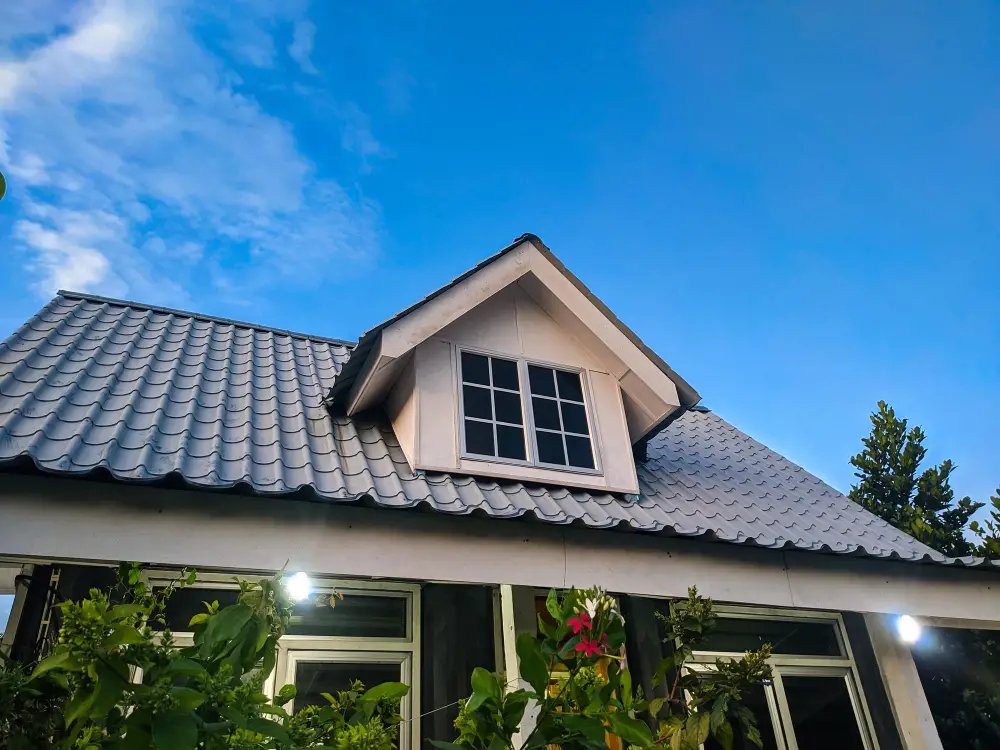If you’ve noticed signs that your roof needs repair, such as leaks, missing shingles, or sagging areas, it’s crucial to take action quickly. Ignoring these issues can lead to more significant problems down the road, including water damage, mold growth, and structural issues. Here are some essential tips to consider if your house needs a roof repair.
Hire a Professional

Once you’ve assessed the damage, it’s essential to hire a professional roofing contractor to repair your roof. If you’re in Miami or Orlando, seeking help from a reputable roofing company in Florida can help you get the knowledge, skills, and equipment needed to safely and effectively repair your roof. They’ll also be able to identify any underlying issues that may be contributing to the damage, such as poor ventilation or inadequate insulation.
Assess the Damage
A professional should have an idea of where to inspect your roof. If it’s safe to do so, you can inspect the roof from the ground using binoculars or a camera with a zoom lens. Look for missing or damaged shingles, sagging areas, and signs of water damage, such as discoloration or mold growth. You can also inspect the interior of your home for signs of leaks, such as water stains on the ceiling or walls.
- Inspect the Roof from the Ground: Use binoculars or a camera with a zoom lens to get a closer look at the roof from the ground. Look for signs of damage, such as missing or damaged shingles, sagging areas, and signs of water damage like discoloration or mold growth.
- Check the Interior of Your Home: Inspect the interior of your home for signs of leaks, such as water stains on the ceiling or walls. This can help you identify areas of the roof that may be leaking and need repair.
Consider Your Options
When it comes to repairing your roof, you have several options to consider. For example, you can opt for a traditional asphalt shingle roof, which is affordable and easy to install.
Alternatively, you can choose a metal roof, which is durable and long-lasting but can be more expensive. You can also consider upgrading to a more energy-efficient roof, such as a cool roof or a green roof, which can help reduce your energy bills and improve the overall comfort of your home.
Choose the Right Materials

When repairing your roof, it’s important to choose the right materials for the job. The type of material you choose will depend on several factors, including your budget, the climate in your area, and the aesthetic you’re going for.
For example, if you live in an area with harsh winters, you may want to opt for a more durable material, such as metal or slate. If you’re on a tight budget, you may want to consider asphalt shingles, which are affordable and easy to install. Whatever material you choose, make sure it’s the right fit for your home and will provide the protection and durability you need.
Consider the Long-term Costs
When it comes to repairing your roof, it’s important to consider the long-term costs. While it may be tempting to go for the cheapest option upfront, this can end up costing you more in the long run. For example, a cheaper material may not last as long or may require more frequent repairs, leading to higher maintenance costs over time.
On the other hand, a more expensive material may have a higher upfront cost but may last longer and require fewer repairs, ultimately saving you money in the long run. Consider your budget and the long-term costs when choosing the right material for your roof repair.
Stay on Top of Maintenance
Once your roof is repaired, it’s important to stay on top of maintenance to ensure it stays in good condition. This includes regularly inspecting your roof for signs of damage, such as missing or damaged shingles and making any necessary repairs as soon as possible.
It’s also important to keep your gutters clean and free of debris to prevent water from backing up and causing damage to your roof. By staying on top of maintenance, you can help prolong the life of your roof and ensure it continues to protect your home for years to come.
If your house needs a roof repair, it’s important to take action quickly to avoid more significant problems down the road. Start by assessing the damage and hiring a professional roofing contractor to make the necessary repairs.
Consider your options when it comes to materials and long-term costs, and choose the best option for your budget and needs. Finally, stay on top of maintenance to ensure your roof stays in good condition and continues to protect your home for years to come.
Related Stories
- Is It Time to Fix or Replace Your Roof? These Roofing Tips Can Help You Decide
- 7 Signs It’s Time to Repair or Replace Your Home’s Roof
- Spotting Roof Issues: Tips for Home Maintenance
- Emergency Roof Repair: What to Do When Disaster Strikes
- Solving the Problem of a Damaged Roof: 6 Practical Solutions to Help You
Recap
